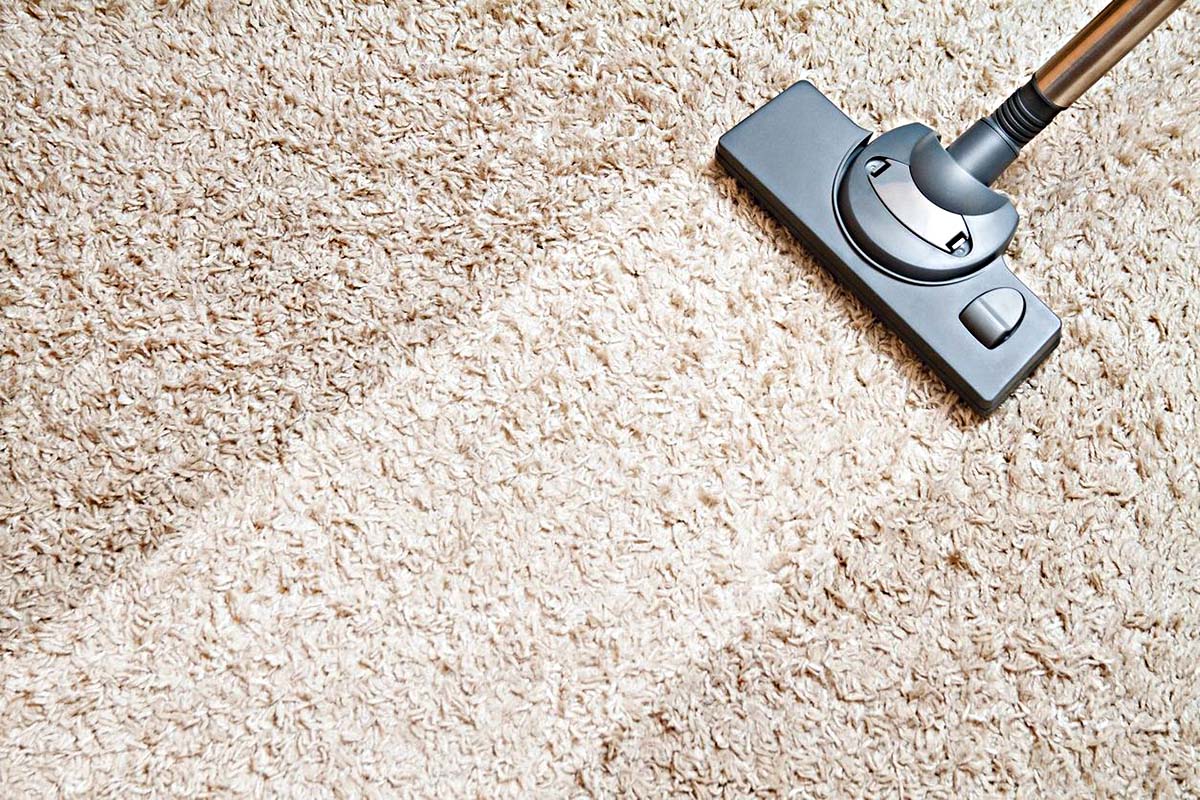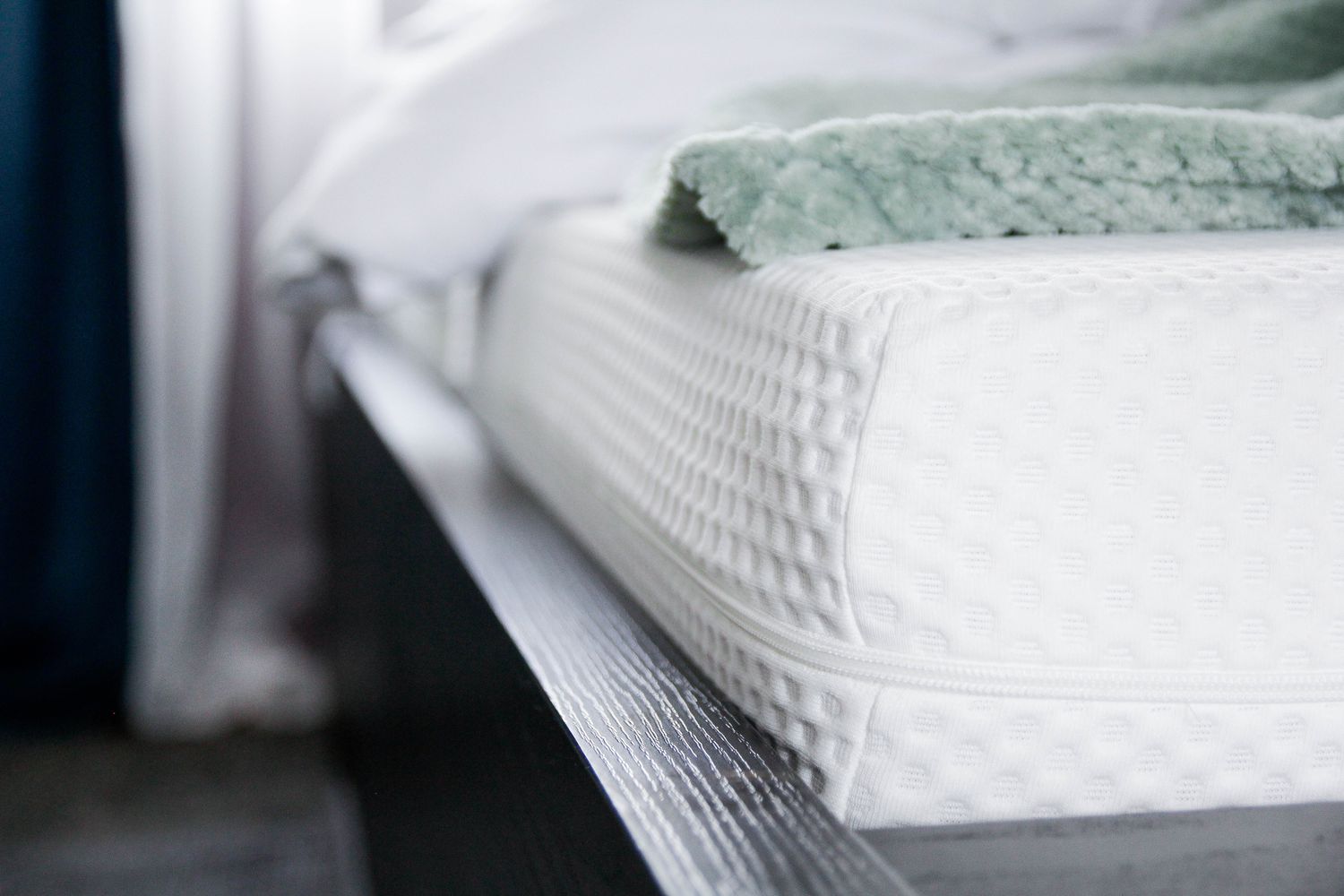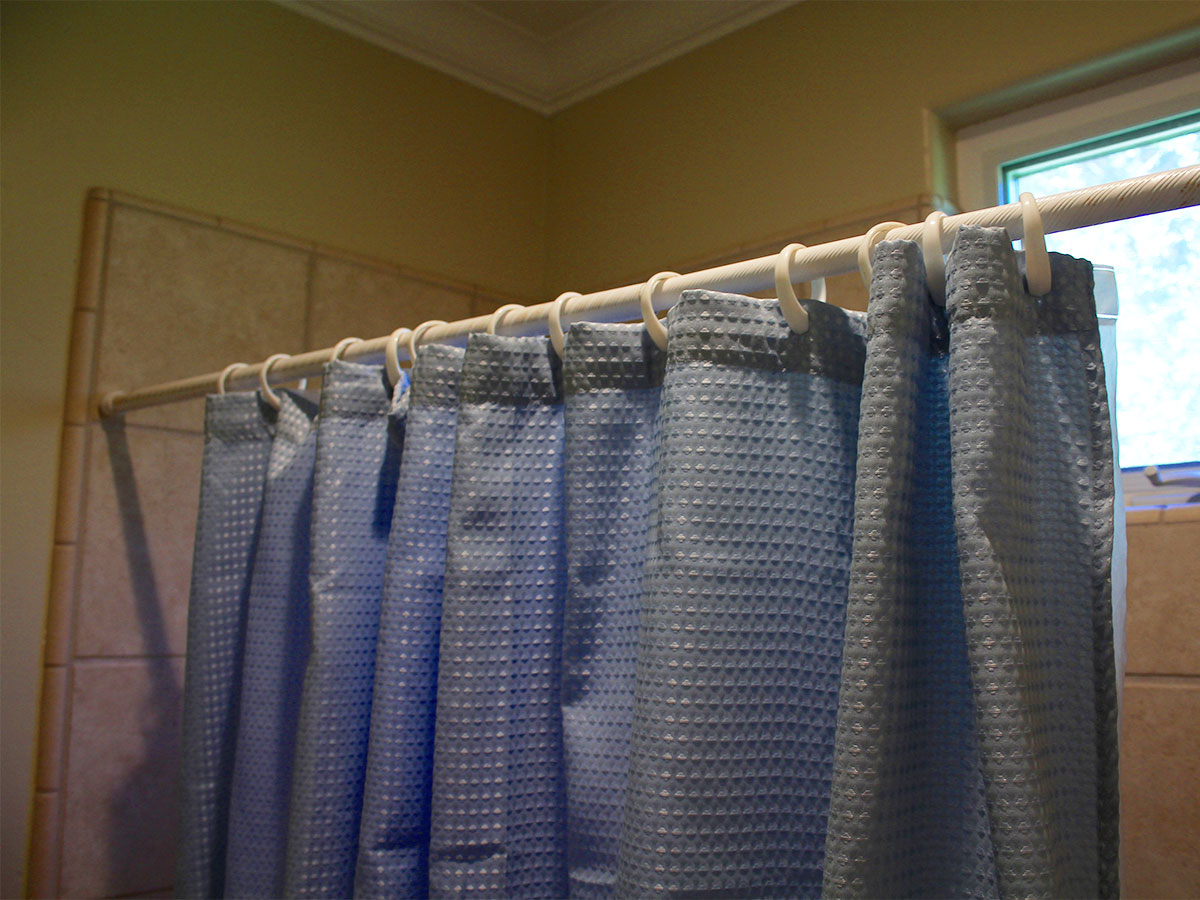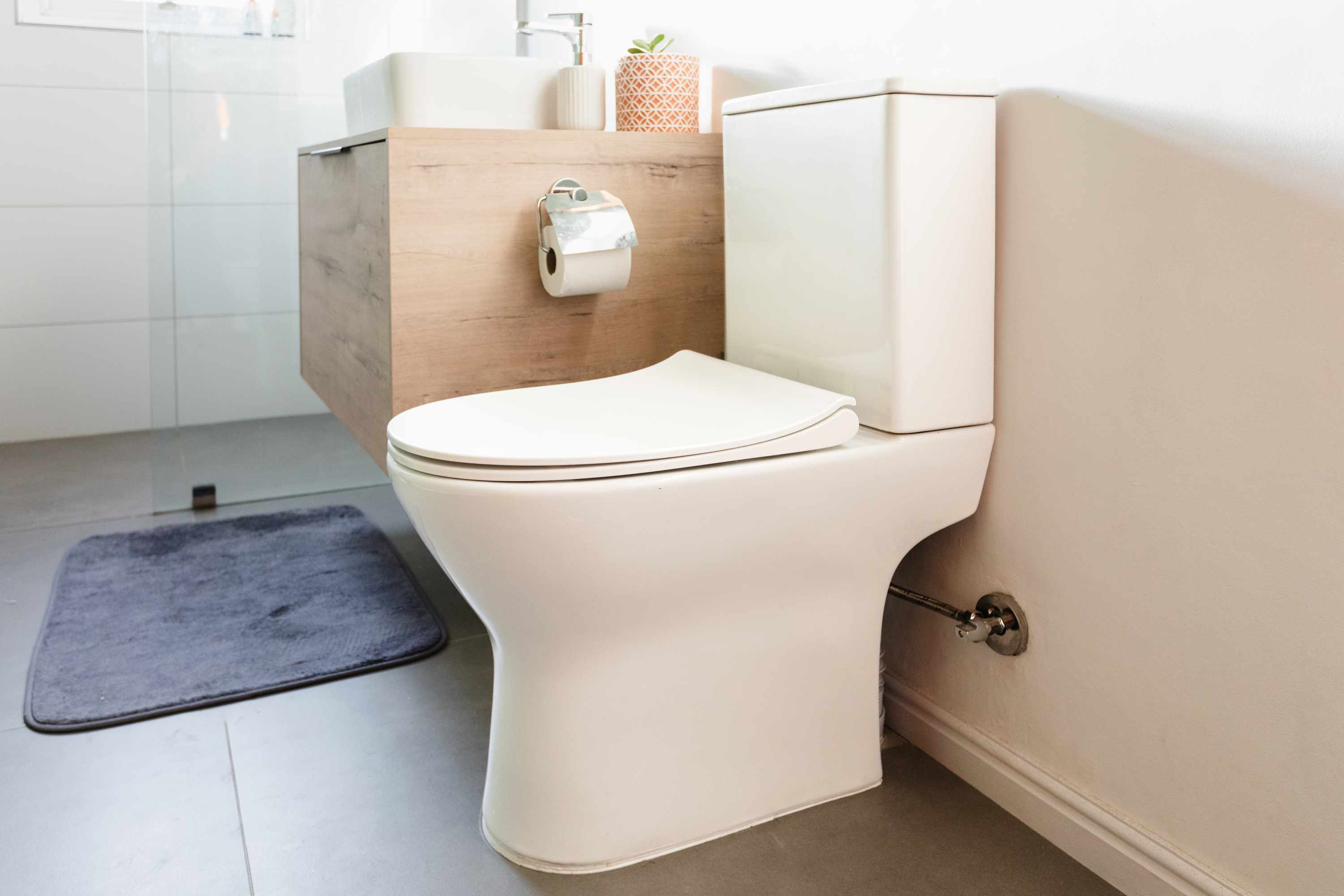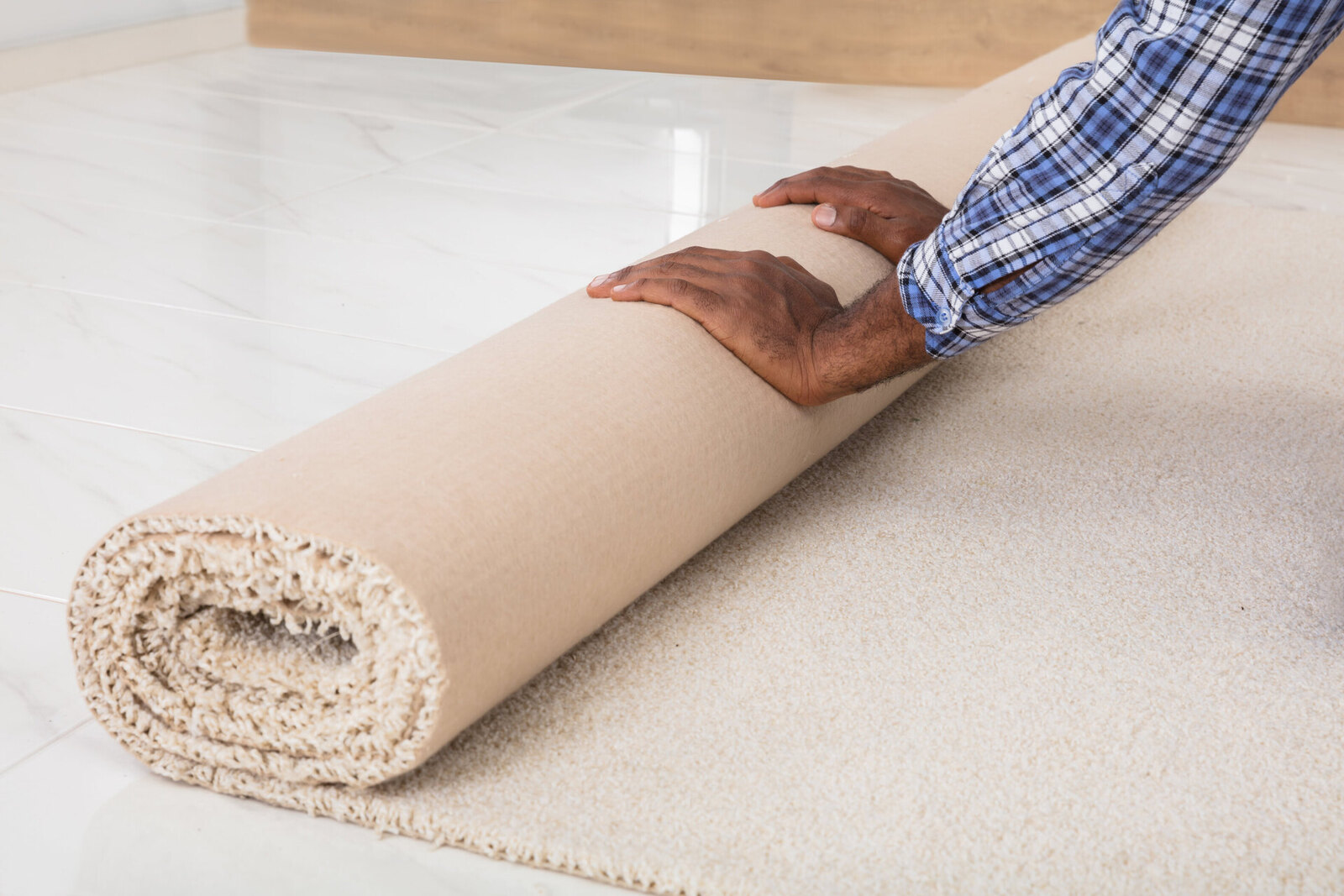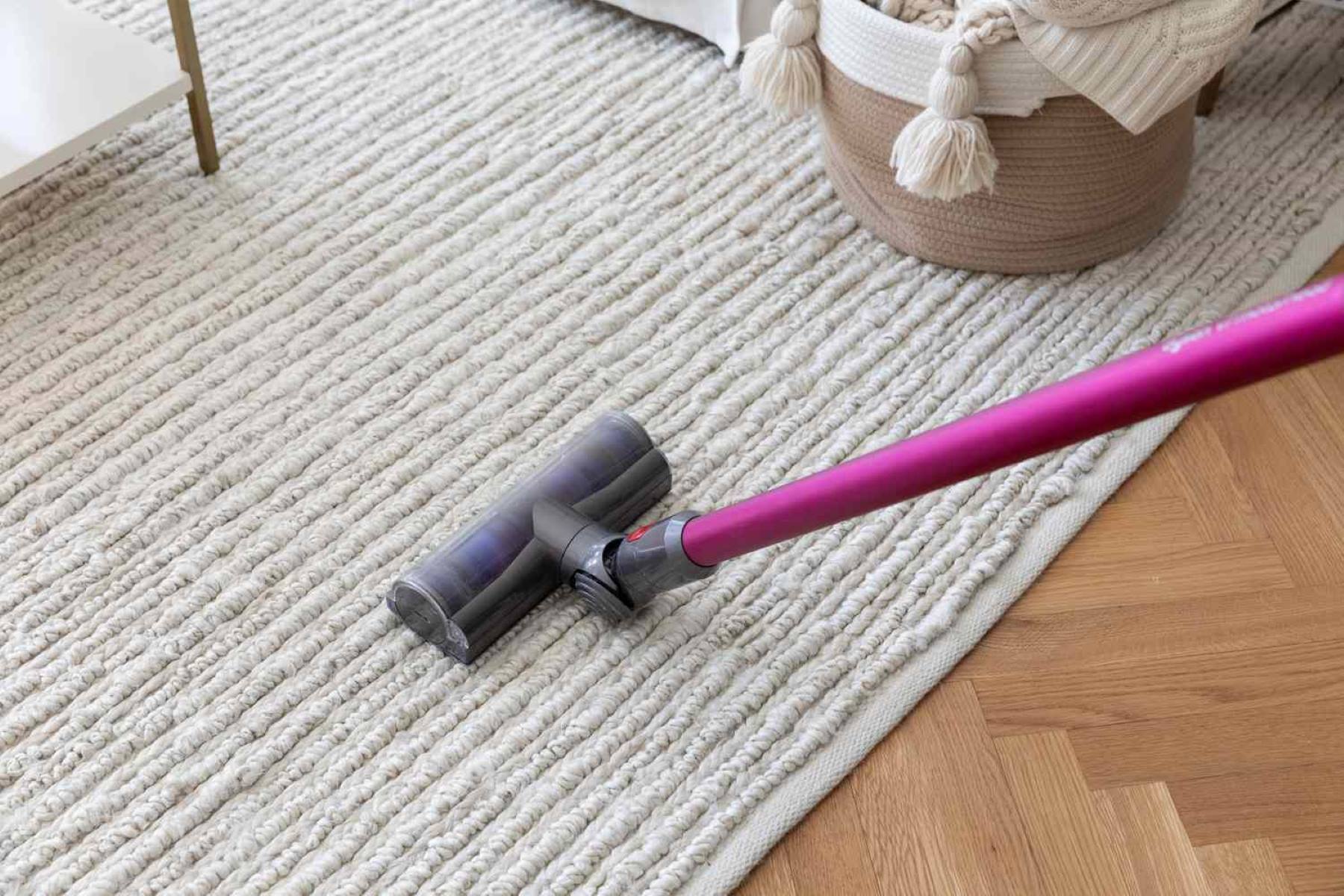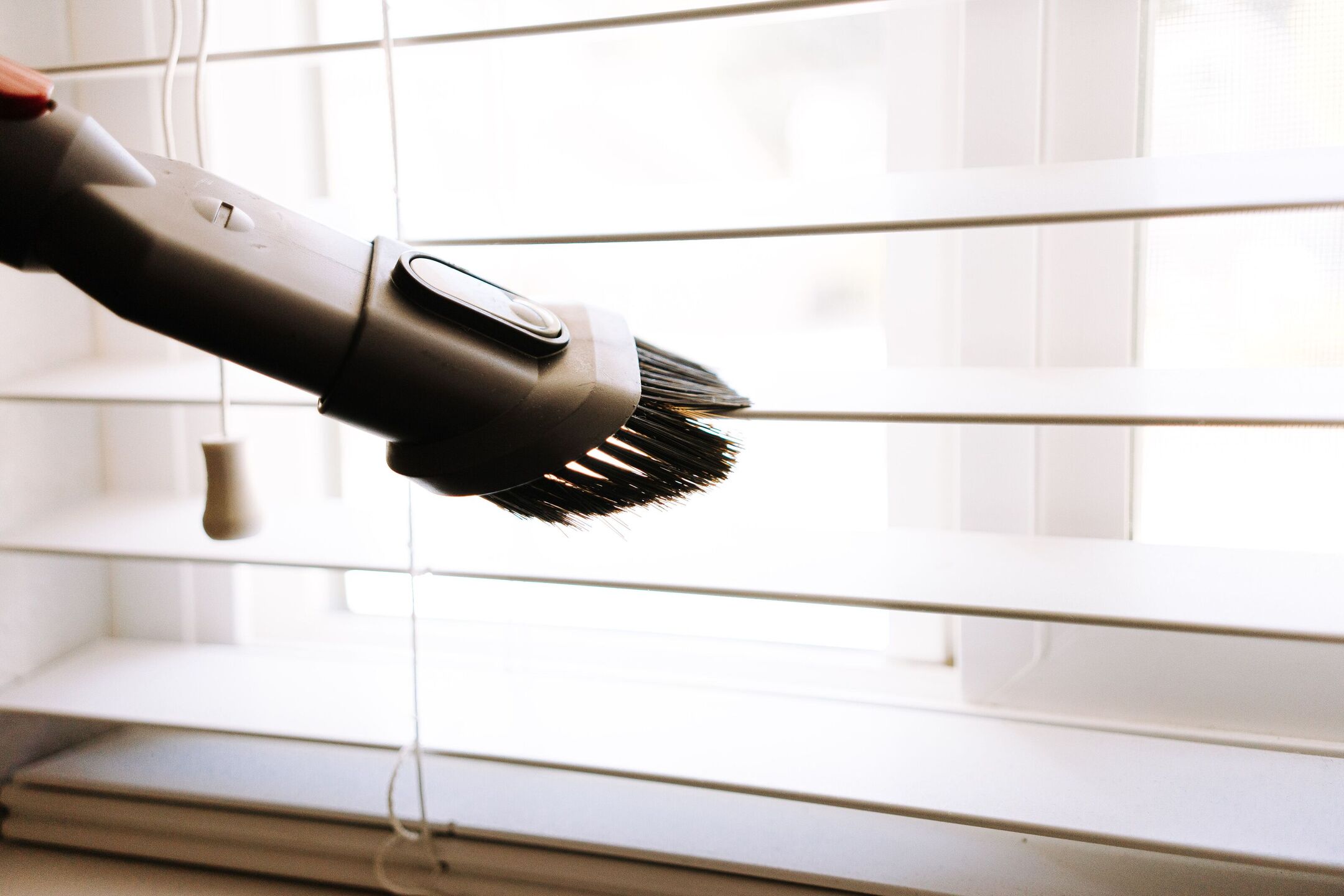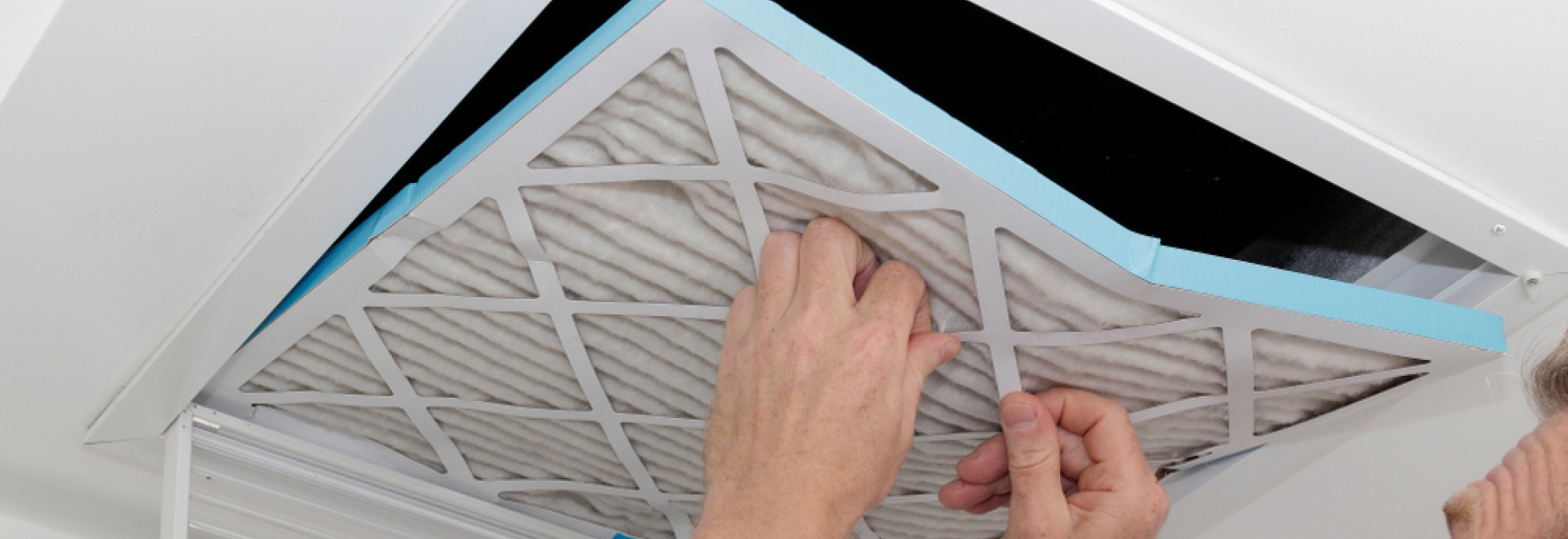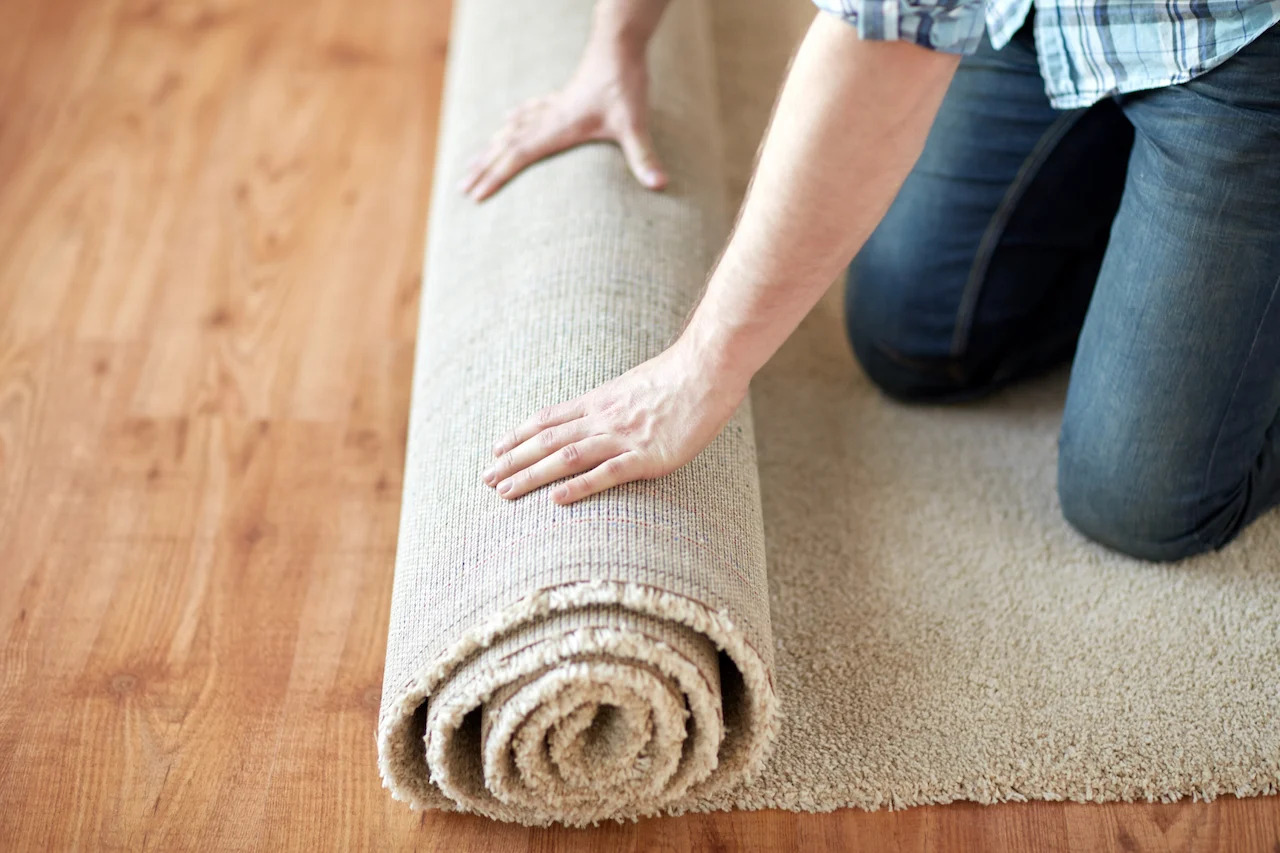

Articles
How Often Should You Change Your Carpet
Modified: August 27, 2024
Discover how often you should change your carpet with our informative articles. Make an informed decision for a clean and fresh home.
(Many of the links in this article redirect to a specific reviewed product. Your purchase of these products through affiliate links helps to generate commission for Storables.com, at no extra cost. Learn more)
Introduction
Having a carpet in your home or office can add a touch of comfort, warmth, and style to any space. However, carpets are subjected to daily wear and tear, which can reduce their lifespan. This begs the question, how often should you change your carpet?
While there is no one-size-fits-all answer to this question, several factors come into play when determining the lifespan of a carpet. These factors include the quality of the carpet, the amount of foot traffic it receives, regular maintenance and cleaning, and signs of wear and damage.
In this article, we will delve into these factors and provide guidance on how often you should consider changing your carpet. By understanding these factors, you can make informed decisions that will not only prolong the life of your carpet but also maintain a clean and healthy living or working environment.
Key Takeaways:
- Regular maintenance and cleaning, including vacuuming, prompt stain removal, and deep cleaning, can significantly extend the lifespan of your carpet, preserving its appearance and functionality for years to come.
- Factors such as carpet quality, foot traffic, maintenance efforts, and visible signs of wear all play a crucial role in determining the lifespan of your carpet, guiding you in making informed decisions about replacement.
Read more: How Often Should You Change Your Mattress?
Factors That Determine Carpet Lifespan
Several key factors directly impact the lifespan of your carpet. Let’s take a closer look at each of these factors:
- Carpet Quality: The quality of the carpet itself plays a significant role in its lifespan. Higher-quality carpets are typically made from durable materials and have a higher density, making them more resistant to wear and tear.
- Foot Traffic: The amount of foot traffic a carpet receives is another crucial factor. Carpets in busy areas such as hallways, living rooms, or office spaces are more prone to wear and may need replacing sooner than carpets in less frequently used areas.
- Maintenance and Cleaning: Regular carpet maintenance and cleaning are essential for extending its lifespan. Vacuuming regularly to remove dirt and debris and promptly addressing spills and stains can prevent them from setting in and causing permanent damage.
- Pets and Allergens: If you have pets or suffer from allergies, your carpet may require more frequent cleaning or replacement. Pets can leave behind odors, stains, and shed fur, while allergens can accumulate in the fibers, negatively impacting indoor air quality.
- Inadequate Padding: The padding beneath the carpet provides cushioning and support. If the padding is of poor quality or deteriorates over time, it can accelerate the wear on the carpet above.
- Installation: Improper installation can cause issues such as wrinkling, buckling, or seams coming apart. These installation-related problems can lead to premature wear and may require replacement.
Understanding these factors is crucial in determining the lifespan of your carpet. By considering these aspects, you can make an informed decision about when it’s time to replace your carpet and ensure that it continues to enhance the overall aesthetics and functionality of your space.
Carpet Maintenance and Cleaning
Proper maintenance and regular cleaning are vital for keeping your carpet in good condition and extending its lifespan. Here are some essential tips for maintaining and cleaning your carpet:
- Vacuum Regularly: Regular vacuuming removes dirt and debris from the carpet fibers, preventing them from accumulating and causing damage. Aim to vacuum high traffic areas at least once a week and less frequently used areas every two weeks.
- Address Spills and Stains Promptly: Accidents happen, and when spills occur, it’s crucial to address them promptly. Blot the area with a clean cloth or paper towel to absorb the liquid without rubbing, as rubbing can spread the stain. Use a mild cleaning solution specifically designed for carpets to remove the remaining stain, following the manufacturer’s instructions.
- Regular Deep Cleaning: In addition to regular vacuuming, deep cleaning your carpet at least once a year is recommended. Deep cleaning removes embedded dirt, allergens, and stains that regular vacuuming may not eliminate. You can hire professional carpet cleaning services or use a carpet cleaner rental for a thorough deep clean.
- Use Mats and Rugs: Placing mats and rugs in high traffic areas, such as entryways and hallways, can help protect your carpet from excessive wear. These mats and rugs can catch dirt from shoes and prevent it from reaching the carpet fibers.
- Regularly Rotate Furniture: Moving your furniture periodically can help distribute the weight evenly across the carpet. This prevents indentations and reduces the chances of long-lasting damage in specific areas.
By following these maintenance and cleaning practices, you can significantly prolong the life of your carpet. A well-maintained and clean carpet not only enhances the appearance of your space but also contributes to a healthier indoor environment free from allergens and dirt.
It is recommended to have your carpet professionally cleaned every 12-18 months to maintain its appearance and extend its lifespan. Regular vacuuming and spot cleaning can also help keep your carpet in good condition.
Signs That Indicate Carpet Replacement
While regular maintenance and cleaning can help extend the lifespan of your carpet, there will come a time when replacement is necessary. Here are some signs that indicate it may be time to replace your carpet:
- Visible Wear and Tear: Excessive signs of wear and tear, such as fraying edges, bald spots, or worn-out fibers, are clear indications that your carpet has reached the end of its life. If the carpet has become thin or threadbare in certain areas, it’s time to consider a replacement.
- Stubborn Stains and Odors: Over time, carpets can accumulate deep-set stains and odors that are difficult to remove completely. If you have tried multiple cleaning methods without success, or if the carpet still emits unpleasant odors, it may be time to invest in a new carpet.
- Allergies and Indoor Air Quality: If you or your family members frequently experience allergies or respiratory issues, your carpet may be harboring allergens, dust mites, or other pollutants. Even with regular cleaning, older carpets can become a breeding ground for allergens and have a negative impact on indoor air quality. Consider replacing your carpet with a more hypoallergenic option.
- Mold or Mildew: If your carpet has been exposed to excessive moisture or water damage, it can lead to the growth of mold or mildew. Not only are these growths difficult to remove, but they can also pose health risks. In such cases, replacing the carpet is the best course of action.
- Old Age: Carpets, like any other product, have a limited lifespan. Depending on the quality and usage, most carpets typically last anywhere between 5 to 15 years. If your carpet is significantly older and beginning to show signs of deterioration, it’s a strong indication that replacement is needed.
Keep a close eye on these signs to determine when the time is right for carpet replacement. Consider your budget, personal preferences, and the overall condition of your carpet to make an informed decision that will enhance the beauty and functionality of your space.
Frequency of Carpet Replacement
The frequency of carpet replacement varies depending on several factors, including the quality of the carpet, foot traffic, maintenance, and signs of wear. While there is no exact timeframe for carpet replacement, the following guidelines can help you determine when it’s time to replace your carpet:
- Quality: High-quality carpets can last longer compared to lower-quality ones. A well-maintained and durable carpet can last anywhere from 10 to 15 years or more, while lower-quality carpets may need to be replaced after 5 to 10 years.
- Foot Traffic: Areas with heavy foot traffic, such as hallways, living rooms, or office spaces, may require more frequent replacement. These high-traffic areas can subject the carpet to more wear and tear, reducing its lifespan. Consider using more durable carpet options in these areas or rotating your carpets regularly to distribute the wear more evenly.
- Maintenance: Regular maintenance, including vacuuming and prompt stain removal, can help extend the life of your carpet. Carpets that receive proper care and cleaning tend to last longer than carpets that are neglected or poorly maintained.
- Visible Signs of Wear: If your carpet displays significant signs of wear such as fraying, bald spots, or worn-out fibers, it’s a strong indication that replacement is needed. Additionally, if the padding beneath the carpet has deteriorated or become compressed, it may affect the carpet’s comfort and support, requiring replacement.
- Changing Needs and Styles: Sometimes, carpet replacement is driven by personal preference or changing interior design trends. If you want to update the look and feel of your space or if your current carpet no longer matches your aesthetic preferences, it may be time to consider replacing it.
Ultimately, the decision to replace your carpet depends on a combination of these factors and your personal circumstances. Regularly assess the condition of your carpet, consider its age and usage, and weigh the costs and benefits of replacement. Consulting with a trusted flooring professional can also provide valuable insight and guidance.
Remember, investing in a new carpet not only improves the appearance of your space but also enhances the comfort and functionality of your home or office. By considering these factors and making informed decisions, you can ensure that your carpets remain in optimal condition for years to come.
Read more: How Often Should You Change Your Wardrobe
Conclusion
Knowing when to replace your carpet is essential for maintaining a clean, comfortable, and visually appealing space. While there is no definitive timeline for carpet replacement, understanding the factors that determine carpet lifespan, practicing proper maintenance and cleaning, and recognizing signs of wear and tear can guide you in making the right decision.
Factors such as carpet quality, foot traffic, maintenance efforts, and visible signs of wear all play a role in determining the lifespan of your carpet. Regular vacuuming, prompt stain removal, and deep cleaning are crucial for preserving the condition and longevity of your carpet. Additionally, addressing issues such as stubborn stains, odors, or mold promptly can prevent further damage and potential health hazards.
Keep an eye out for signs that indicate your carpet may need replacement, such as visible wear and tear, deep-set stains, mold or mildew growth, and old age. By recognizing these signs, you can avoid the inconvenience of a worn-out or unsightly carpet and make timely decisions to improve the aesthetics and functionality of your space.
While the frequency of carpet replacement can vary, it’s generally recommended to replace carpets every 10 to 15 years for high-quality options and every 5 to 10 years for lower-quality carpets. However, these timeframes are not set in stone, and other factors specific to your situation should also be taken into account.
Ultimately, the decision to replace your carpet should be based on a combination of factors, including the condition of your carpet, your budget, personal preferences, and changing needs or styles. Consulting with flooring professionals can provide valuable insights and assistance in selecting the right carpet type and ensuring proper installation.
By understanding the factors that impact carpet lifespan and implementing regular maintenance practices, you can prolong the life of your carpet and enjoy a clean and comfortable living or working environment. When it’s time to replace your carpet, make an informed decision that aligns with your needs and preferences, and consider investing in a high-quality carpet that will withstand the demands of your space for years to come.
Frequently Asked Questions about How Often Should You Change Your Carpet
Was this page helpful?
At Storables.com, we guarantee accurate and reliable information. Our content, validated by Expert Board Contributors, is crafted following stringent Editorial Policies. We're committed to providing you with well-researched, expert-backed insights for all your informational needs.


